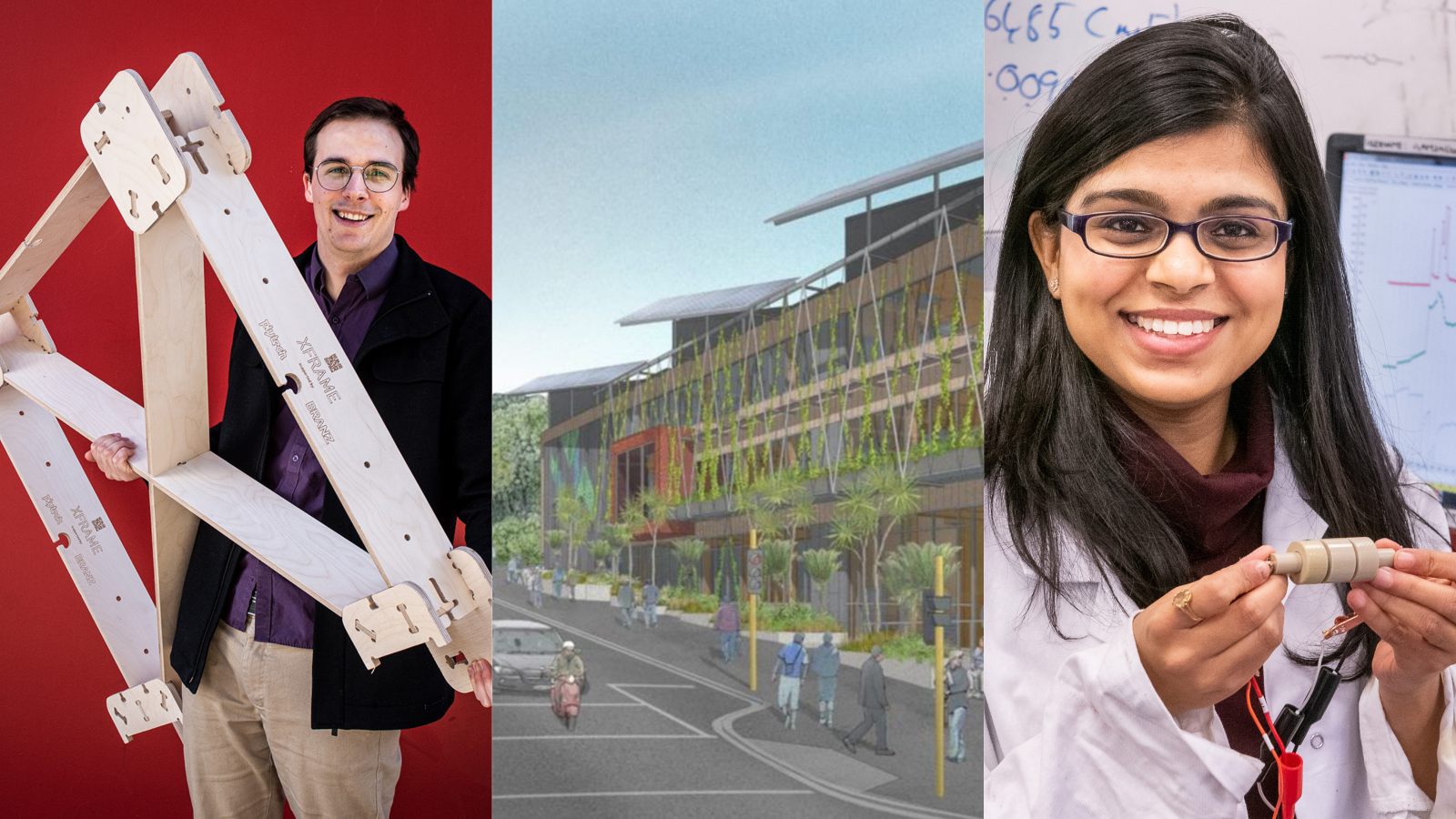
Te Herenga Waka—Victoria University of Wellington is one of only three official nominators from New Zealand for the Earthshot Prize. Five prizes, valued at £1,000,000 ($1,922,400 NZD), are awarded by The Royal Foundation of the Duke and Duchess of Cambridge to projects that highlight human ingenuity, drive change, and inspire collective action.
In the coming months, the Earthshot Prize will be selecting the top 15 solutions as their 2022 finalists. Finalists are then connected with the Prize’s international Global Alliance and mentors, who will provide advice to help each finalist scale their solution.
The five winners will then be selected by the Prize Council and unveiled at an awards ceremony in Boston in the USA in December.
Each of the projects selected from within our community for nomination are fantastic examples of this ambition and our University’s commitments to the goals of the Earthshot Prize—to build a waste-free world, fix our climate, protect and restore nature, and create opportunities for Indigenous stewardship.
Living Pā
The redevelopment of Te Herenga Waka Marae into the Living Pā leads the way in showing how we can solve some of the toughest challenges that we are facing as a global community.
Through the nurturing of language, culture, tikanga, and the natural environment, the Living Pā demonstrates a Treaty relationship in action and shows how, as peoples and a nation, we can reshape our narrative and prepare for a better future.
It will be a place where we can apply and mix knowledge systems; mixing the empirical knowledge of the scientific world and mātauranga Māori (Māori knowledge). It will teach and broadcast to Aotearoa New Zealand, and the world, culturally responsive ways to support a healthy natural world, for today and for future generations―Mō te āpōpō.
As Aotearoa grows, people are looking to Indigenous knowledge and approaches to find a better way forward. The Living Pā and this project is a tangible way of doing that.
XFrame
The current fixings and single-life materials used in modern construction creates around four tonnes of waste during construction, and more when it’s demolished. XFrame aims to replace this.
Developed by Ged Finch from the Wellington Faculty of Architecture, the prefabricated framing system is made of self-braced, interlocking pieces of wood out of local resources and with local labour, and is currently being used in multiple countries around the world.
By adding or removing panels, XFrame is a long-term infrastructure solution. The system is entirely recoverable and adaptable, allowing buildings to be deconstructed and reused and families or businesses to expand or downsize as they need.
This simple and elegant approach not only paves the way for a more circular economy by reducing waste and the amount of raw materials needed in the industry, but it supports the development of communities and has an obvious social impact for our futures.
Tasmanlon
A small team from the School of Chemical and Physical Sciences are the minds behind Tasmanlon, a local start-up developing new aluminium-ion battery technology.
As the world shifts to solar, wind, or other renewable power, we increasingly need ways to store this power. Solving this question of sustainable and safe energy storage is key to decarbonising the planet.
Currently in development, Tasmanlon offers a potential answer to this question, through an alternative to current, flammable, and unethically sourced lithium-ion batteries. The aluminium-ion batteries developed by the team use materials that are abundant, non-toxic, non-flammable, and recyclable.
This approach provides a way to both meet our emissions obligations and address energy poverty. More than 400 million people are affected by their access to power, negatively impacting their health and hygiene, access to food and water, and opportunities for education and employment. Creating a safe and renewable storage method that is sustainable and transportable is a huge step in addressing this issue.
Plans are now in place for TasmanIon to develop a research and development facility to build their prototypes in New Zealand. At the end of 2021, TasmanIon received pre-seed funding from Pacific Channel and a New Zealand National Science Challenges grant. With an R&D facility, TasmanIon will be able to improve the quality and performance of the batteries, test and mitigate technical risks, and develop prototypes for early adopters.
